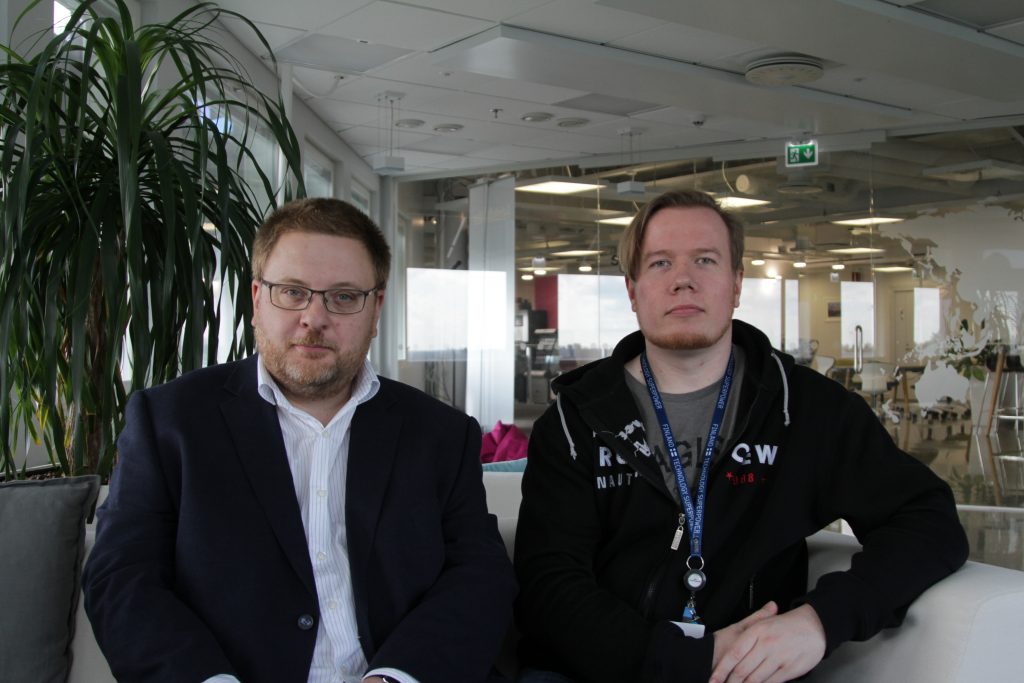Dr Boris Krassi (CEO) and Sauli Kiviranta (CTO), Delta Cygni Labs
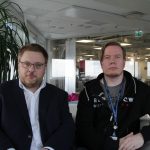
Augmented Reality paving the way for future Moon and Mars missions
Delta Cygni Labs is working on an innovative visual remote collaboration solution. POINTR uses augmented reality to support remote expertise for industry and professionals.
By allowing customers to work on any problem remotely from anywhere, this Finnish high-tech company has its sights on using augmented reality for missions on the Moon and Mars. Today, the technology is being used by the maritime, offshore and energy industries with the support of the European Space Agency’s Business Accelerator programme.
We spoke with the co-founders of Delta Cygni Labs, Dr Boris Krassi (CEO) and Sauli Kiviranta (CTO) to learn more about the POINTR technology and its applications.
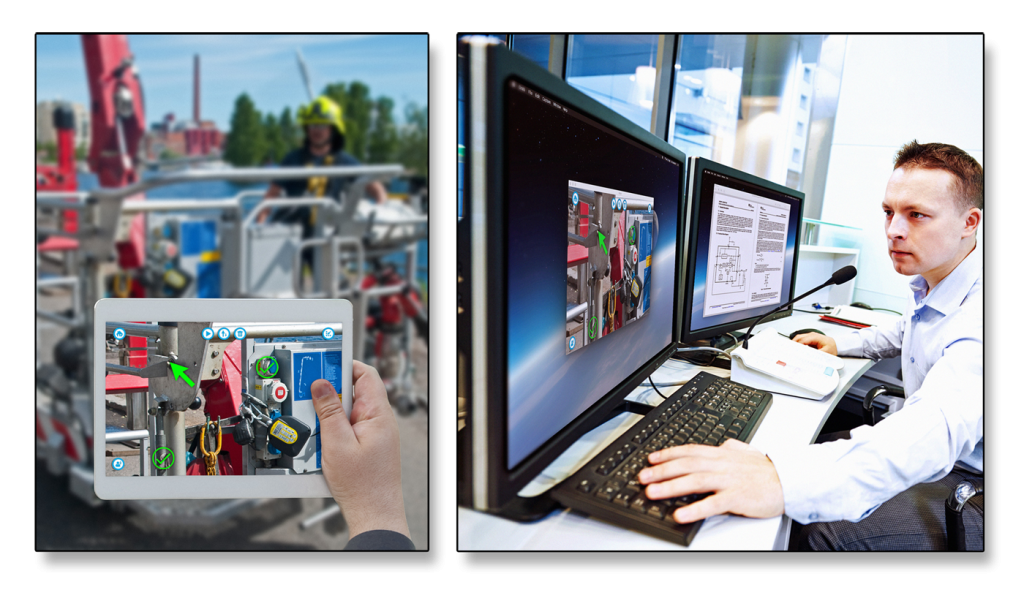
Spaceoneers: Tell us a bit about your story and your company.
Dr Boris Krassi: We have quite a story behind it. We have background in augmented and virtual reality, machine building, space applications, etc. We are now working a lot with the Finnish and European industry for new maintenance processes and maintenance of new advanced machinery.
Back in 2008, a company called Thales Alenia Space from Italy commissioned research on how to help the astronauts on-board the International Space Station (ISS) to do their activities more efficiently. They have a control room and they have the video on-board, but they cannot pinpoint a certain wire for example, as there is no up, down, top, or bottom in space. They commissioned this research and we worked to replace an auxiliary visor assembly on a spacesuit with a special device that could project Augmented Reality instructions straight on the work area and put the control from the ground control centre. We built it and demonstrated a product in 2012 for Thales. We then incorporated this as a spinoff and miniaturised this device with a laser projector computer network suitable for working in outer space.
This whole thing is called projected augmented reality: it augments reality by projecting instructions straight on the work area – nothing on your face. It is very advanced technology and was very well accepted by Thales and the European Space Agency (ESA). We piloted this with an ATV cargo module and some maintenance activities. The feedback from Thales and others was that this was promising and it will definitely be on Mars but before this, we must gain experience on this new way of working here on the ground with machine building industries. Then will come clean rooms, the ground segment, then space the space station, then the Moon, then Mars. We have realised that every machine building company has the same problem as the ISS: remote maintenance.
Sauli Kiviranta: We work with people dealing with complex machinery from a far distance. Flying to the International Space Station is very expensive so you don’t want to go all the way to there for every small problem.
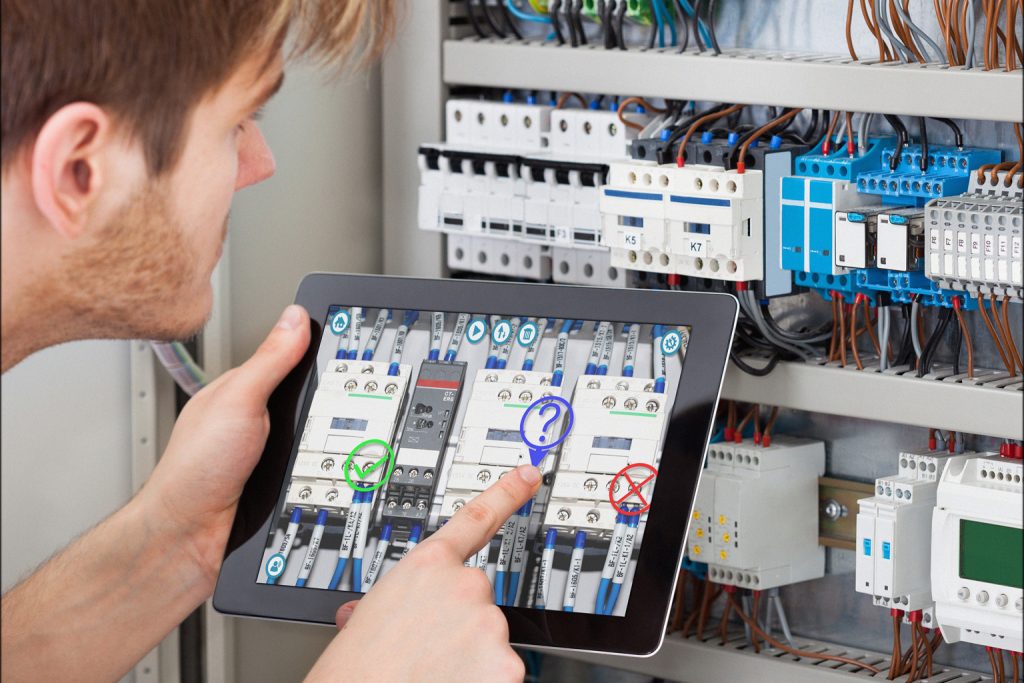
Spaceoneers: So you do all the preparatory work in advance using this augmented platform?
Dr Boris Krassi: We built a much more scalable system, which is enterprise software, that helps you to connect from the office to the field. It allows the technician to fix a problem without travel. Currently we have 25 corporate customers and 20,000 users. This is what we have achieved.
Spaceoneers: I understand that you are doing a lot of work with marine solutions?
Dr Boris Krassi: Exactly. Currently we are in a European Space Agency project. The focus is delivering POINTR service through satellites to vessels in the middle of the sea so that you don’t need helicopters to fix something, you can help the superintendents on board remotely.
Sauli Kiviranta: If you think about distance, the marine industry is the closest thing with similar context to the space industry. It is a very good ground to develop our technology, by thinking about Moon and Mars missions, but solving a practical industry problem today with the marine industry. If a diesel engine breaks in the middle of the sea, they need help. You cannot easily go, so we use our remote collaboration tool to help.
Spaceoneers: What sort of support has ESA BIC Finland given you?
Sauli Kiviranta: I think very good administratively but also good practical help. We had a mission to send our technical team to ESTEC in the Netherlands to do tests with the satellite connections that they have, so we were able to do very good ground truth measurements of the network conditions and gather the data to improve our protocols.
Dr Boris Krassi: The equipment that they have at ESTEC is useful and it costs a lot, and it is available to us a start-up. The ESA staff helped us and we have learned so much from this project. Apart from the money, there is a lot of technical help that they have given us.
Spaceoneers: Has this support helped with investors and financing?
Dr Boris Krassi: Of course, ESA itself is a great reference. It’s like European NASA. It also opens the doors to the investors that are specialising in space. Now we are looking for investors since we have expanded to Europe, we are looking for industry investors that can open the doors to the B2B market, which is very conservative. We need investors to in addition to money, also bring the connections. With ESA ecosystem, this gives us a very good reference.
Sauli Kiviranta: It also provides good credibility in the eyes of the investors, by showing that we are working with such entities as ESA to illustrate that our technology is meaningful. This is a very important aspect of the collaboration.
Spaceoneers: So has working with ESA given you leverage for other potential investors?
Sauli Kiviranta: Absolutely.
Spaceoneers: What were the challenges of getting started?
Sauli Kiviranta: If we start from the company itself, we had a good starting position in that we were working already with the space industry but this also created circumstances that we had to find other business areas to start supporting the business, like time scale and sale cycle simply was not suitable for the start-up world. So this was of course challenging to jump in and to bring in the traditional industry into the customer phase. Also, launching the project at ESA also took us almost 1.5 years so this cycle is very challenging for a small company. We are happy of course it was realised, and now we very happy to be working with ESA.
Dr Boris Krassi: The administrative load of the ESA project is much more reasonable than generally in other European Commission projects. We can really focus on doing things, and not writing reports. This is extremely helpful.
Spaceoneers: How do you see the next steps with your technologies?
Dr Boris Krassi: Here on the ground we keep expanding to industries including marine, off-shore, mining, etc.; all the critical areas which are as close to space as possible here on the ground. At the same time, we are now starting to prepare for future lunar missions because there is a request for information or available technology that can support lunar missions. We want to stand out and to show that there is a dependable technology here on the ground that can be used in critical conditions and be brought cost-efficiently to the Moon. We can go to space from the ground, then to the Moon and Mars. We are executing the advice that we got from Thales: first we must change the ways of working.
Spaceoneers: Have you spoken to Elon Musk yet?
Dr Boris Krassi: Not yet! Perhaps someone can connect us!
Sauli Kiviranta: What Elon is doing is very important. He is focusing on bringing bigger payloads to orbit, the Moon and Mars. Also what we are doing is reducing the payload so that these two technologies can meet together: a certain amount of payload that needs repair, reduced by our technology. We can then safely send people to the Moon and Mars.
Dr Boris Krassi: When a human lands on the Moon, the repairs and equipment will be cost and time-limited. So whenever something goes wrong, which many things will, the astronauts will need the best knowledge of humanity at their fingertips. POINTR is the enabling technology for these missions.
Spaceoneers: In essence you want to bring expertise in a virtual augmented sense?
Dr Boris Krassi: The missions will be more feasible, safer, and cheaper when you have the expertise to handle the uncertainty.
Sauli Kiviranta: Astronauts today are already struggling with the training programs. They have very complex machinery and there is simply not enough time to train them for all the equipment. Whenever there is critical equipment that needs refreshment training, we can from the ground connect the best expert to support the astronaut on a mission.
Spaceoneers: How is this different from existing platforms? For example, astronauts currently train with VR sets.
Dr Boris Krassi: The difference is reliability and security. We developed a special security protocol thanks to our space background. It can be used for any execution. Reliability, it works on any network. You can really depend on it. It is not an ad-hoc tool that you grab and use. It is a professional, dependable, secure tool that is made with purpose.
Sauli Kiviranta: You will not have network coverage on the Moon at all times. Our goal is to design for that. Whenever you use augmented reality today, they are usually focusing on training material or instructions with already known problems. Our system is critical for non-nominal or unplanned maintenance; this is when we need to connect to experts to collaborate together.
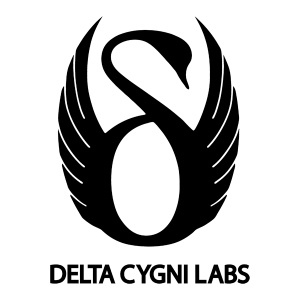
Spaceoneers: Back to the Finnish space start-up scene, what do you see for Finland looking ahead in the next 5-10 years?
Sauli Kiviranta: Finland is traditionally very strong in communication and network technologies; also the game industry is very strong. This makes sense that virtual and augmented reality will be the fundamental technologies that are coming form Finland that will solve big, complex problems that will leverage this technology. What we see in the context of ESA, is we have more traditional Finnish companies that realise that space technology can help us solve our problems and additionally, they have a huge knowledge from tens of years of experience in dealing with issues to also help ESA. Traditional companies should work with start-ups, and also with ESA. Hopefully we will see more and more cooperation.
